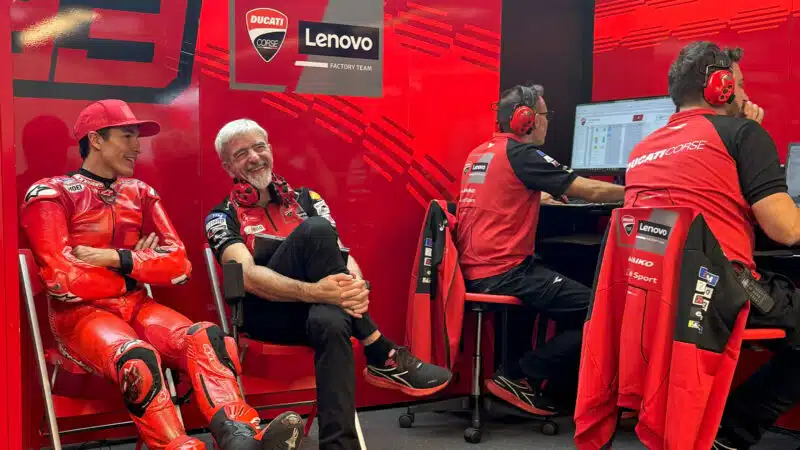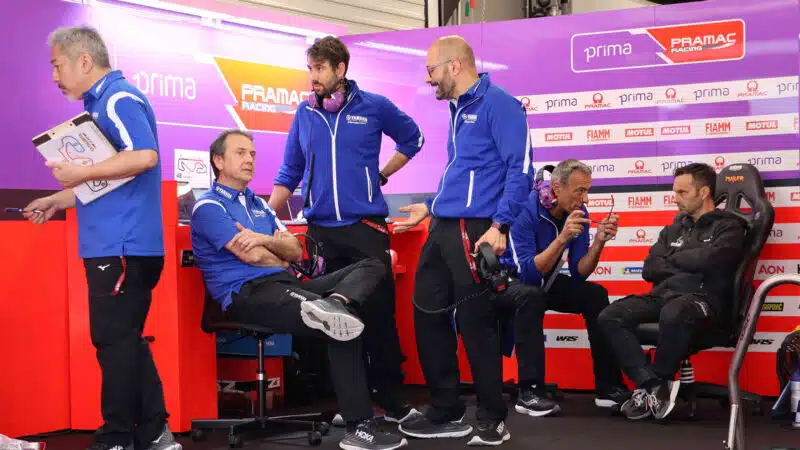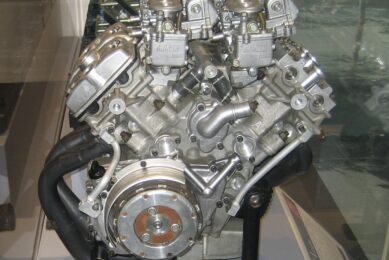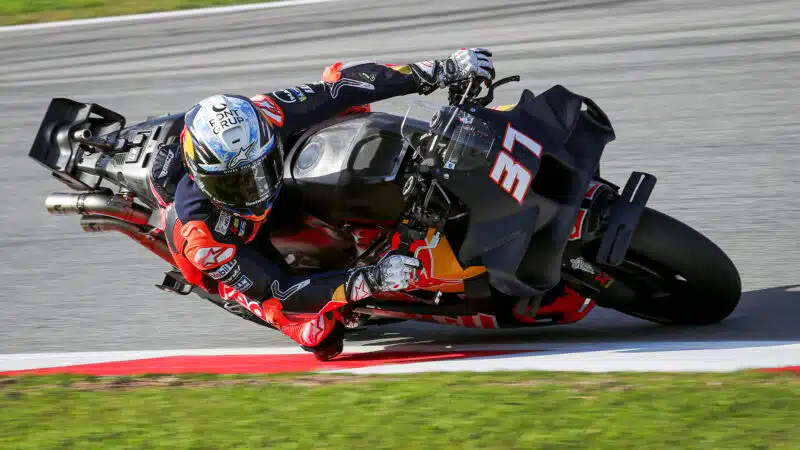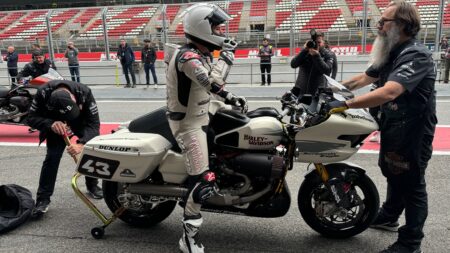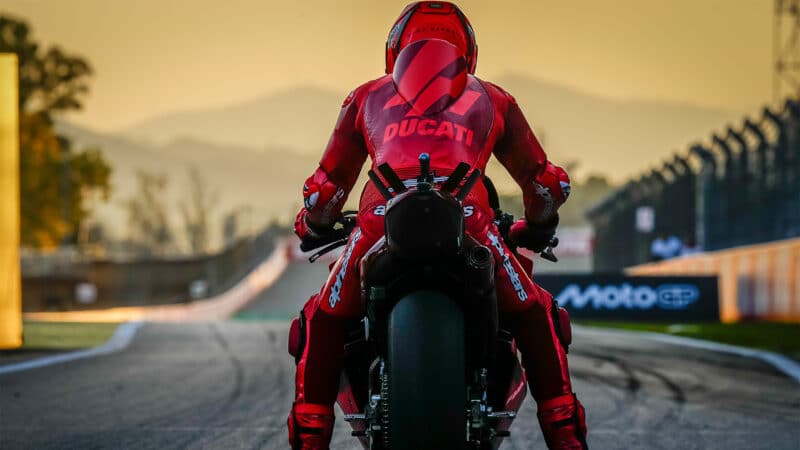The Italian worked wonders at Aprilia, overseeing the 2020 switch to a 90-degree V4, which was the turning point for the Italian brand, and creating arguably the best downforce aerodynamics package on the grid. This should come as no surprise because unlike most top MotoGP engineers, who studied mechanical engineering at university, Albesiano fulfilled his dream of working in bike racing after studying aeronautical engineering.
Honda needs to improve its RC213V in all areas, including aero package, so Albesiano’s knowhow will be huge for Honda, especially because he will be working with former Aprilia colleagues Aleix Espargaro and crew chief Antonio Jiminez, who will lead the factory’s all-important test team.
The big question is will Honda listen? Last year the company signed Kalex chassis designer Alex Baumgartel to help the RC213V project, but the German exited the role because he felt the Japanese engineers weren’t listening to his advice.
It’s enlightening to contrast what’s happened to the Japanese manufacturers following the European takeover to what happened to the European industry when the Japanese brands arrived en masse in the 1970s.
In 1968 not one Japanese motorcycle figured in the MotoGP/500cc championship points table, which was all MV Agustas, Nortons, Matchless G50s, Linto, Patons, Benellis, Triumphs, CZs and even Vostoks from Russia.
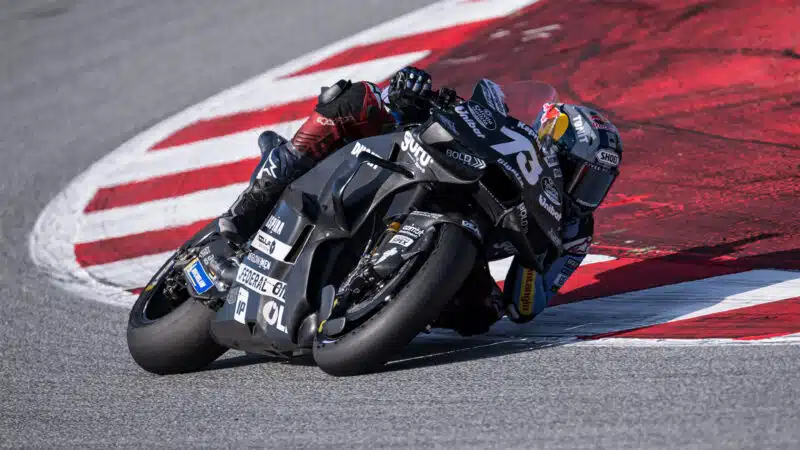
The younger Márquez was fastest on Tuesday and his Gresini team made sure they made maximum fun of his slower older brother!
How did these brands react to Japan’s invasion of MotoGP? Did they try to work out what the Japanese manufacturers were doing right and adapt accordingly, or even hire a Japanese engineer or two?
No, they just disappeared. By 1974 all but seven of the 37 MotoGP points scorers rode Japanese motorcycles and by 1977 there wasn’t a single non-Japanese bike among the 33 points scorers.
And this season, because racing always operates in cycles, was historic for the Japanese industry, because for the first since 1970 there were no Japanese MotoGP winners.
And, judging by Tuesday’s Barcelona tests, there won’t be any Japanese wins next year either.
There was zero surprise that Ducati dominated, with Alex Márquez fastest on his Gresini GP24, after a year on the GP23, with former world champions Pecco Bagnaia and Marc Márquez third and fourth on their factory GP25s.
Lap times weren’t as fast as they had been during the race weekend, so Fabio Quartararo’s second place in the tests wasn’t quite as impressive as it seemed: his best lap was one tenth faster than his best qualifying lap on Saturday, which had put him on the fourth row of the grid.
And it was the first test on a cool November day, so no one was going for broke.
The younger Márquez being faster than the older Márquez gave the Gresini team the chance to have a little fun with its former rider, now in the next-door factory garage.
“All the team said to Marc, ‘Hello we are in front of you!’” laughed Márquez the younger, who bettered his Saturday qualifying lap by four tenths on the GP24.
“When I tried more and more the bike felt better and better every time,” he added. “The main difference I felt was in corner entry, where we suffered a lot with the 23, because the 24 was made for the new rear tyre.”
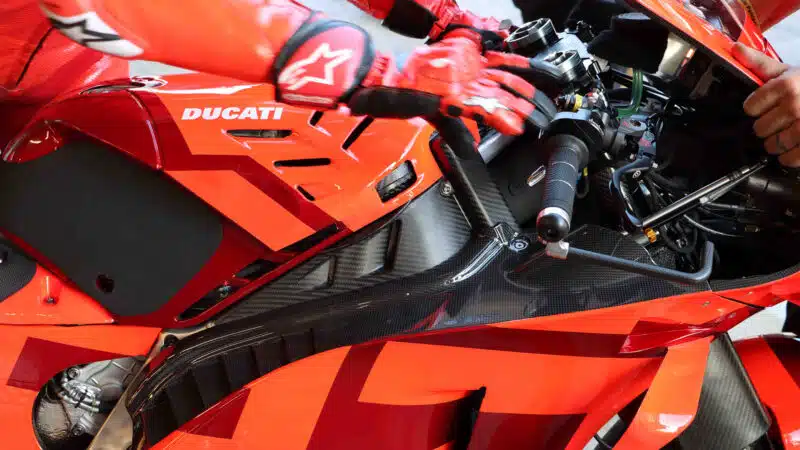
Ducati GP25 features a redesigned upper chassis, with more lateral flex for better feel tipping into corners – to fix the rear-push problem. Carbon-fibre covers hide Ducati’s latest ideas
Quartararo was as busy as ever – he can’t even remember how many engine and chassis upgrades he’s tried this year. Most of all he liked the new chassis, which allows him to flick into corners faster. Biggest worry for Yamaha was possibly Jack Miller’s lack of speed during his first day on the M1 with Pramac. The Aussie was 2.2sec off the pace, with only Honda rookie Somkiat Chantra slower.

